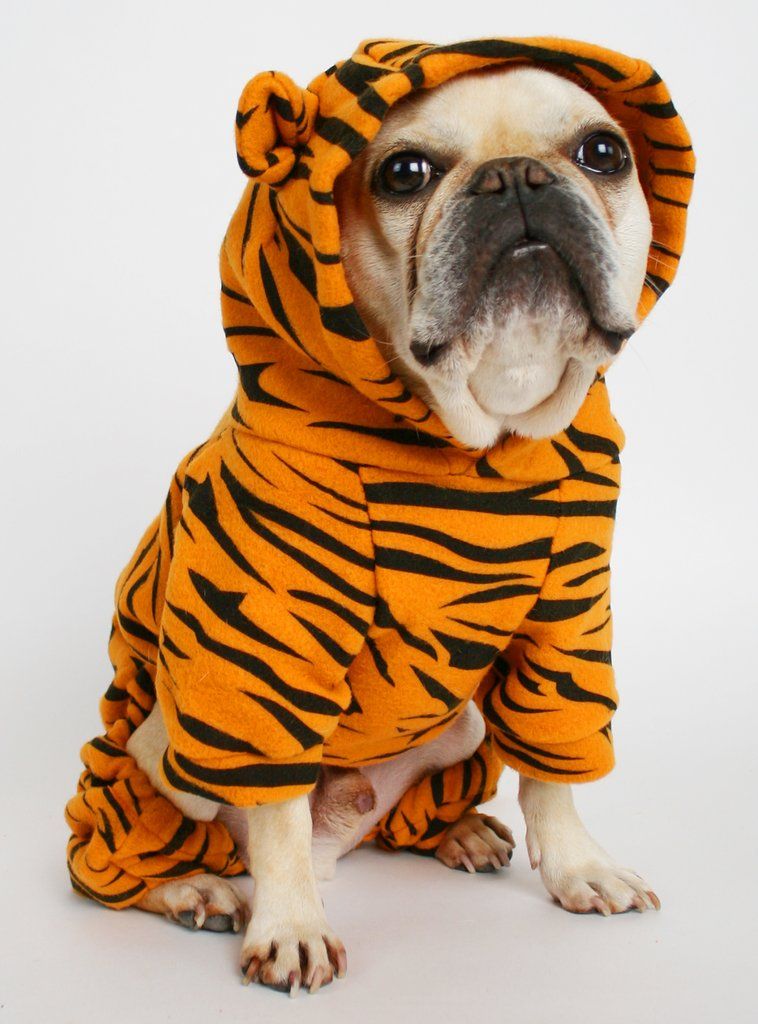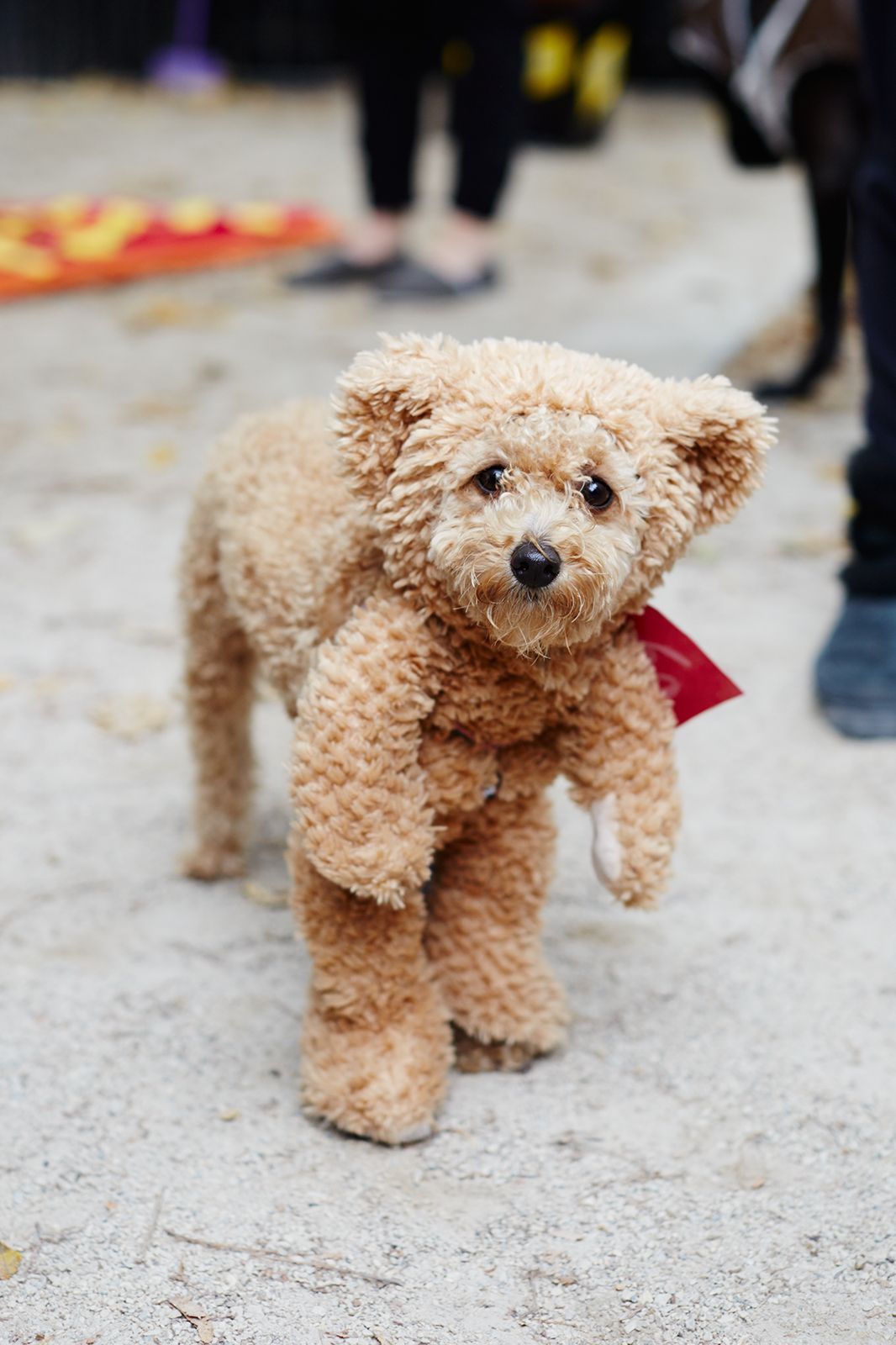When it comes to grooming our four-legged friends, the right tools are a must. A dog brush for short hair can make all the difference. It has shorter, stiffer bristles that don't irritate their skin.
Regular grooming not only keeps them looking good, but it also helps their skin and reduces shedding. The brush's bristles remove dead hair from the topcoat and undercoat, and prevent matting.
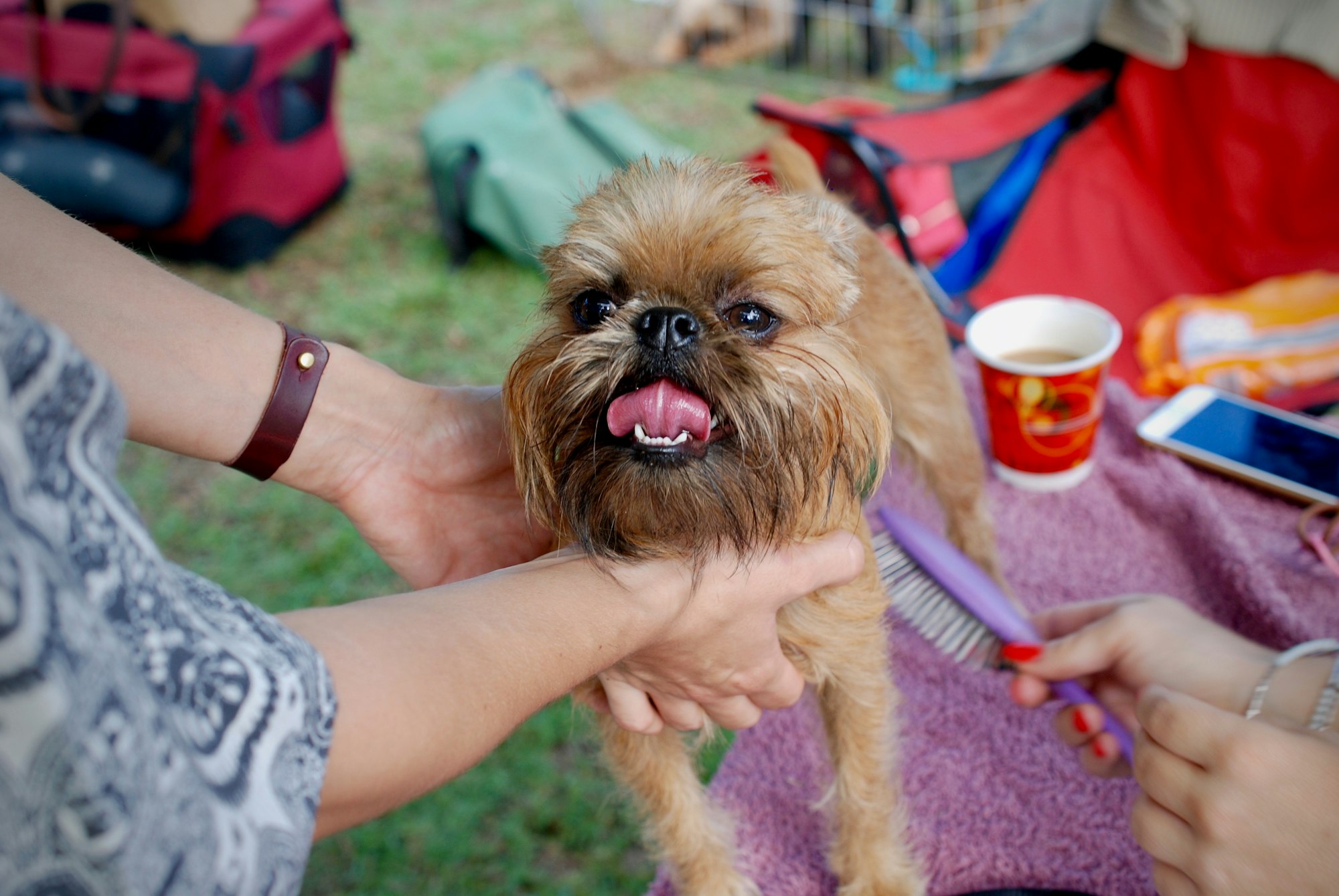
It also reaches the roots of your pet's fur. This stimulates their blood circulation and promotes hair growth, giving them a shiny, lustrous coat. Plus, it's a great way to bond with your pup.
When choosing a brush, consider your dog's coat texture. Slicker brushes work best on short-haired dogs with dense fur, like Chihuahuas or Labradors. Rubber brushes are great for breeds with very short hair, like Jack Russell Terriers.
Importance of brushing short-haired dogs
Brushing is essential for short-haired dogs, just like long-haired ones. Even though their coat isn't thick, they still benefit from grooming. Brushing removes loose hair and skin cells, promoting a healthy and shiny coat.
It also boosts blood circulation and distributes natural oils, keeping the skin hydrated and free of irritation. Plus, it's a great way to check for any problems or parasites on the skin.

Brushing can help prevent matting and tangling of hair. It also reduces how much hair is shed at home.
Incredibly, grooming dogs has been around since ancient times. Egyptian artwork from many millennia ago shows dogs with groomed coats.
It's amazing to see how dog grooming has changed over the centuries but remains important for keeping our furry friends healthy and vibrant.
Choosing the right dog brush for short hair
Bristle Brushes: Great for short-haired pups. Sturdy bristles that reach through the topcoat and to the undercoat. Thorough grooming session.
Rubber Curry Brushes: Remove dead skin cells and stimulate blood circulation. Gently massage the coat while collecting loose hair.
Slicker Brushes: Remove tangles, mats, and knots. Fine wire bristles penetrate deep. Keeps fur smooth and knot-free.
Regular brushing is important. Distributes natural oils and prevents matting.
Choose the right brush for your short-haired pup. Seek advice from professionals.
Max's Story: Max, a Labrador Retriever, loved exploring the outdoors with his owner, Emily. But, he had short hair that shed a lot. Emily invested in a rubber curry brush. This brush removed loose hair and provided a soothing massage. Max was left relaxed and happy.
Choosing the right brush can have a positive impact on your dog's well-being. Keep their coat healthy, shiny, and without shedding.
Step-by-step guide on how to brush short-haired dogs
To ensure a smooth and effective grooming session for your short-haired dog, follow this step-by-step guide on brushing techniques. Gather the necessary supplies, prepare your dog for brushing, and learn effective techniques to keep their coat in top condition. Additionally, we'll provide insights on how to handle tangles and mats, ensuring a comfortable and enjoyable experience for both you and your furry friend.
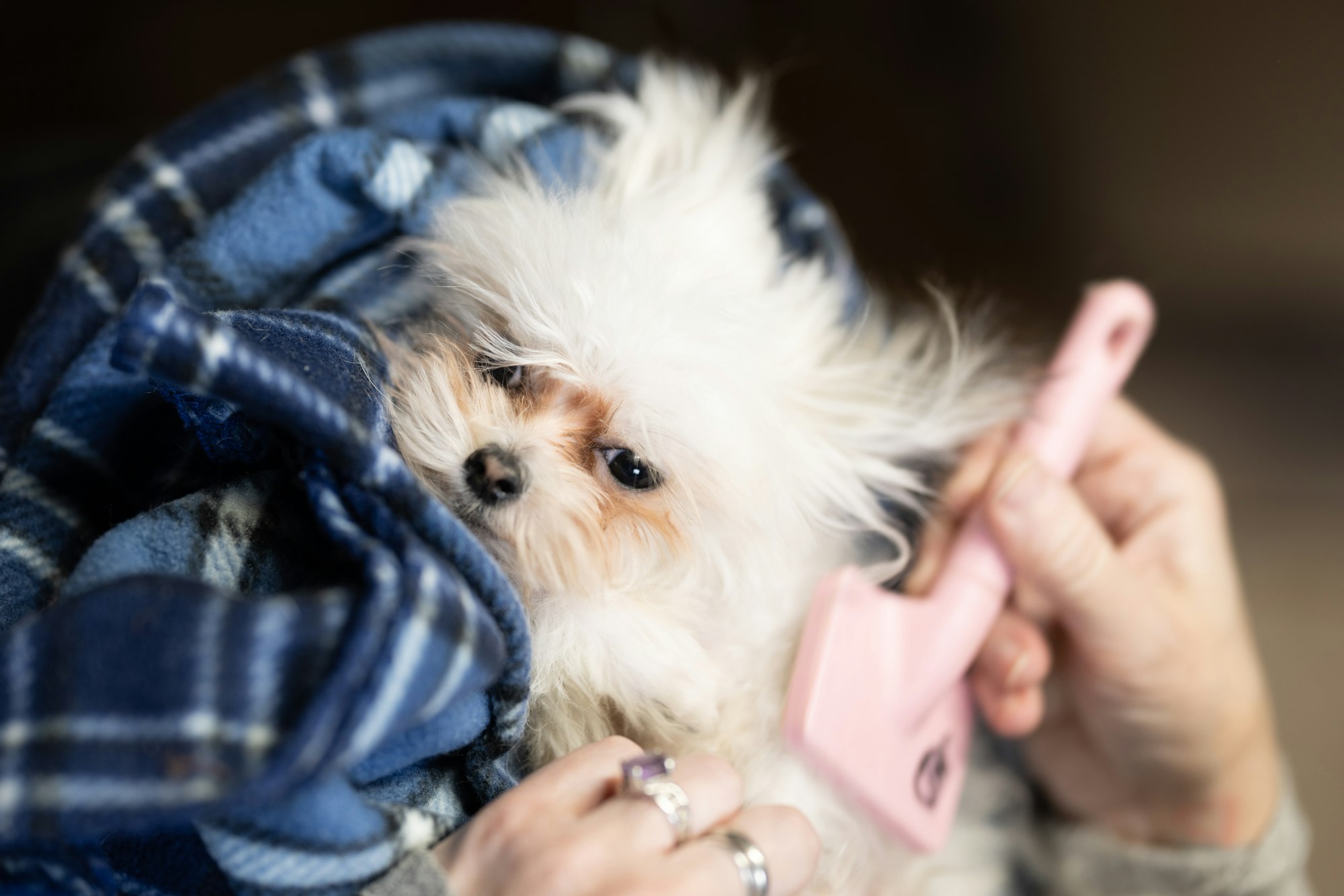
Gathering the necessary supplies
Start with a quality dog brush for short-haired pooches. Look for one with densely packed bristles. It'll remove loose fur and help keep their coat healthy. Keep a fine-toothed comb too, to untangle any knots the brush can't. Grooming wipes are great for quickly cleaning paws, faces, and other sensitive areas between baths. Hypoallergenic ones are best to avoid reactions. Deshedding tools are also great, even if short-haired dogs don't shed as much. Treats will make grooming time a positive experience. If your pup doesn't like brushes, try grooming gloves. They have rubber bristles that remove hair while massaging. Make sure the supplies are high-quality and suit your pup's needs. Consider a dedicated grooming table or mat too.
Did you know? Brushing helps distribute natural oils, resulting in healthier skin and a shiny coat!
Preparing your dog for brushing
Find a quiet, comfy spot to brush your pup without distractions. Have the necessary tools handy. Then, touch different parts of your dog's body to get them used to it. This helps avoid discomfort. For a positive, stress-free atmosphere, consistency is a must for short-haired pups.
Brushing removes loose hair, keeps skin healthy and prevents matting. If your pup gets anxious, try rewards or positive reinforcement. That'll make it a rewarding experience for them!
Brushing techniques for short-haired dogs
For a short-haired pooch, choose the right brush. A bristle or slicker brush with short, fine bristles is best. Gently brush in the direction of the hair growth from head to tail. Areas like behind the ears and under the legs need extra attention to untangle knots. If knots are stubborn, use a comb with wide teeth. Check for redness or irritation and if so, visit the vet. End with treats or praise for good behaviour!
Short-haired dogs need care too! Regular brushing keeps their coat healthy and distributes natural oils. It's also a great way to detect fleas or ticks early. Plus, it's a bonding activity between you and your pet.
Centuries ago, short-haired dogs were seen as symbols of strength and loyalty. Ancient art depicted them as protectors of humans. Today, they remind us of the special bond we share and the importance of grooming.
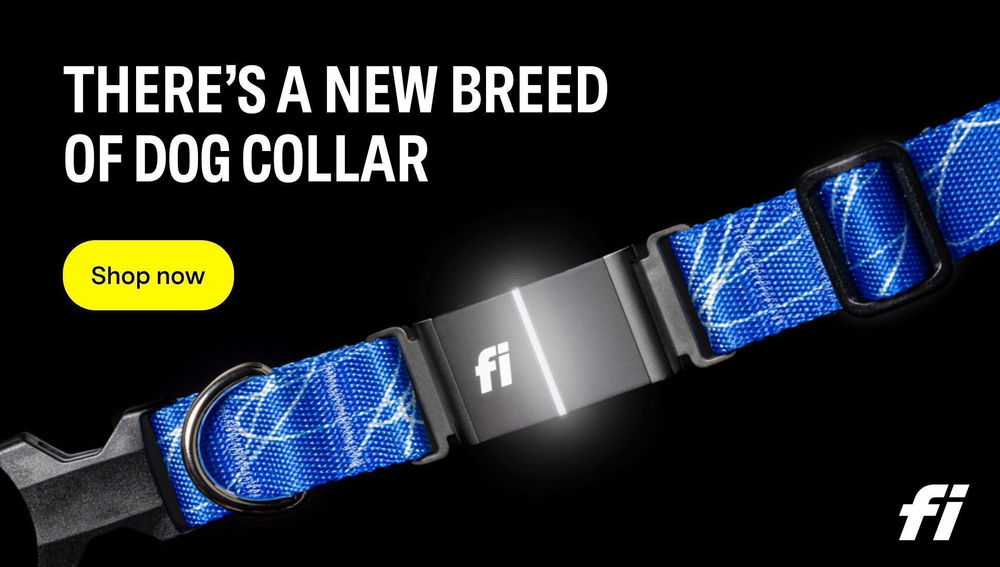
Dealing with tangles and mats
Tangles & mats are common with short-haired pups. Caring for them properly is key for keeping your fur baby looking & feeling healthy!
- Grooming regularly helps prevent tangles & mats. Brushing distributes natural oils and keeps their coat smooth & shiny.
- Use the right tools, like a slicker brush or comb with wide teeth, to work through tangles & mats. Start at the ends & work your way up to avoid pain.
- Detangling spray or conditioner can help loosen knots & make them easier to remove.
- Seek professional help if the tangles & mats are severe or cover a large area.
Be gentle & patient when dealing with tangles & mats. Offer reassurance & positive reinforcement to make it a positive experience. Some breeds are more prone due to their hair texture or length, so regular maintenance & keeping an eye out can help. AKC says Afghan Hounds, Shih Tzus, Yorkshire Terriers, Lhasa Apsos, & and Poodles with curly or wavy coats are particularly prone.
Tips for maintaining a healthy coat
For optimal coat health, equip yourself with the right brushes and shampoos. Also, think about adding omega-3 fatty acid supplements to your pup's diet.
In days of old, grooming was a priority for different cultures. Ancient Egyptians devoted time to groom their pooches, even those with short fur. They had tools tailored to each type of coat. Grooming was seen as a way to connect with their dogs. This shows how seriously people have taken coat care over the centuries!
Conclusion
Tired of dealing with your pup's short-haired shedding? We've got the answer! Our analysis has revealed the perfect brush to keep your dog's coat shiny and healthy. This brush works wonders to remove fur and tangles, and its gentle bristles won't irritate your pet's skin. Plus, its compact size makes it easy to handle and store.
Here's the bonus: It also features an ergonomic handle for a comfortable grip during grooming sessions. Plus, you'll get long-lasting use with its durable construction - a great investment for any pet parent. And when it comes to clean-up, this brush is a breeze! Just swipe off the collected fur from the bristles. No more shedding mess!
One final tip: Make sure to groom your pup regularly with this brush for optimal results. This will keep their coat healthy and increase the bond between you and your furry friend.
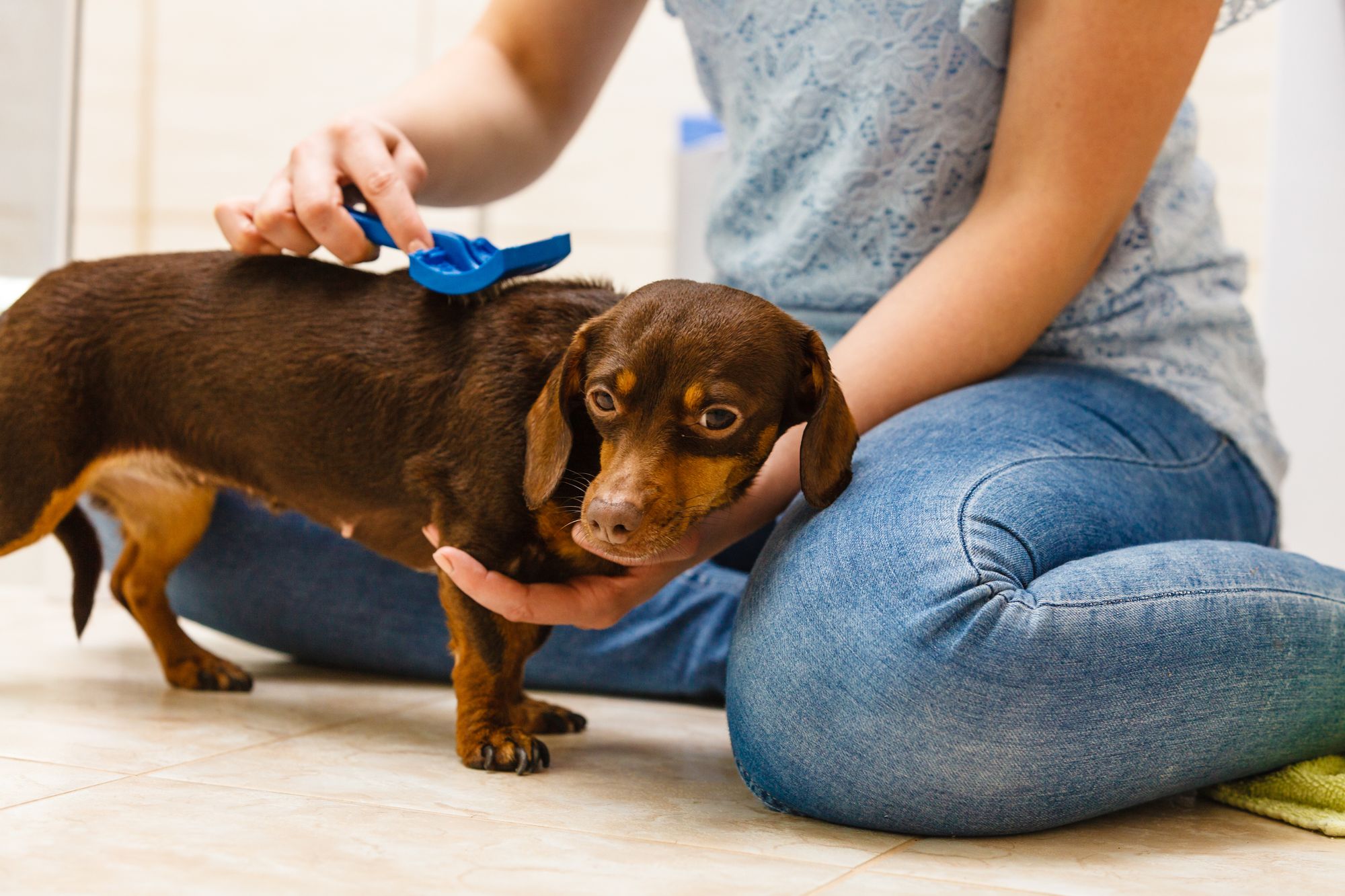
Frequently Asked Questions
FAQs about Dog Brush for Short Hair:
1. Why is it important to brush a dog with short hair?
Regular brushing removes loose hair, dirt, and debris from your dog's coat, helping to maintain a healthy and clean coat. It also stimulates the skin and promotes better blood circulation.
2. Which type of brush is best for dogs with short hair?
A slicker brush or a bristle brush is ideal for dogs with short hair. These brushes are designed to remove loose hair and distribute natural oils evenly, keeping the coat shiny and healthy.
3. How often should I brush my dog with short hair?
It is recommended to brush your dog with short hair at least once a week. However, some dogs may require more frequent brushing, especially during shedding seasons, to control the amount of loose hair and minimize seasonal shedding.
4. Can I use a regular human brush on my dog with short hair?
No, it is not recommended to use a regular human brush on dogs. Human brushes are not designed to effectively remove loose hair and debris from a dog's coat. It is best to use a brush specifically designed for dogs.
5. Are there any special techniques for brushing a dog with short hair?
When brushing a dog with short hair, it is essential to brush in the direction of hair growth using gentle strokes. Avoid applying too much pressure to prevent any discomfort for your dog.
6. Are there any additional benefits of brushing a dog with short hair?
Yes, besides maintaining a clean coat, brushing your dog with short hair allows you to closely monitor their skin for any abnormalities, such as lumps, bumps, or irritations. It also strengthens the bond between you and your pet through regular grooming sessions.
